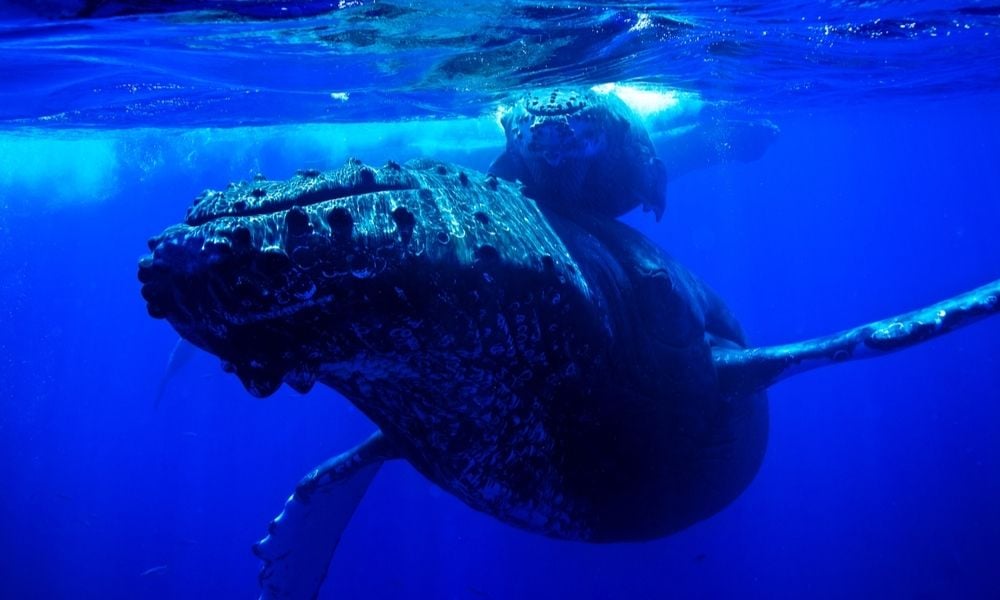A recent study that analyzed eight years of humpback whale recordings — gathered off the coast of New Caledonia in the South Pacific — found surprising parallels between their song and human language.
For humans, language is culturally transmitted, complex, and exhibits a consistent “statistical structure” — with words made up of fairly predictable components and a pattern where only some words are used often, while most aren’t.
Since humpback whale song is also culturally transmitted and complex, it offers a valuable model for exploring whether human language patterns are present in their vocalizations.
Researchers evaluated recordings of humpback songs using a methodology inspired by how infants learn to identify words. The results indicated a statistical structure in the songs that mirror human language.
This study challenges the assumption that these “language-like” structures are exclusive to humans. It may also suggest that these structures may be more common among animals we are less closely related to than we previously thought.
“It suggests that our understanding of the evolution of language can benefit not only from looking at our closest primate relatives, but also at cases of convergent evolution elsewhere in nature,” University of Edinburgh Professor Simon Kirby stated.
Lady Freethinker is eager to see further research in this area, hoping it will foster greater understanding among species and promote a more compassionate world.







